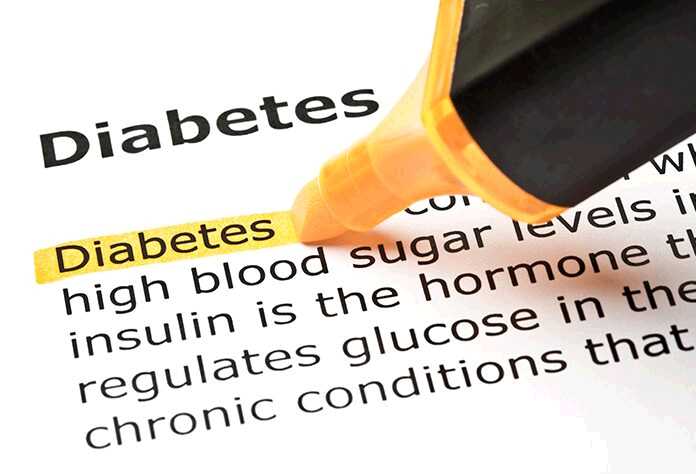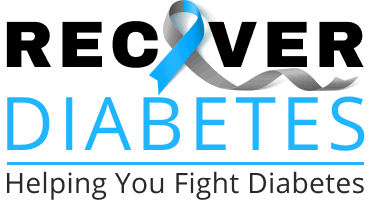
A chronic disease, type 1 diabetes is also known as insulin-dependent diabetes. In a healthy individual, the pancreas produces the hormone insulin to control the level of glucose in the body. In a person suffering from type 1 diabetes, however, it does not produce any insulin, leading to a harmful build up of glucose in the blood.
The disease often begins in childhood, but adults can develop it too. Although type 1 diabetes is less common than type 2 diabetes, over 40,000 people are diagnosed with this condition every year in the US alone.
Although incurable, it can be managed by taking insulin, eating healthy, and exercising regularly – so read on.
What Causes Type 1 Diabetes?
The exact causes of type 1 diabetes continue to elude us. But it appears that the main culprit is often the body’s own immune system, which by mistake, destroys a set of pancreatic cells known as the islets of Langerhans. These cells produce insulin.
Genetics may play a part as well, as this disease tends to have a higher incidence in families with a history of type 1 diabetes. Also, a study suggests that it may be triggered by childhood viruses such as entero viruses, which are responsible for common colds. Other possible viral triggers include intestinal viruses and Rubella.
Type 1 Diabetes Symptoms
The symptoms of type 1 diabetes may appear suddenly, but can be easily overlooked. Common symptoms like frequent urination and thirst are often the first warning signs.
They occur when the kidneys try to expel the buildup of glucose in the bloodstream. This leads to dehydration, which causes dry mouth and itchy skin.
Constant hunger and weight loss are two other common symptoms – the result of the body not being able to process the energy it takes from food.
The full list of type 1 diabetes symptoms includes:
- Frequent urination
- Extreme thirst
- Dry mouth
- Itchy skin
- Increased hunger
- Unexplained weight loss
- Mood changes and irritability
- Bed wetting in children
- Weakness
- Fatigue
- Blurred vision
- Sores or cuts that don’t heal
Risk Factors of Type 1 Diabetes
Risk factors include a family history of type 1 diabetes, especially having a parent or sibling with the disease, as well as age, ethnicity, and genetics.
Children between the ages of 4 and 7 and 10 and 14 are much more likely to develop the condition than adults. According to the American Diabetes Association, children who have been exposed to viral infections and have not been breastfed are more likely to develop type 1 diabetes.
Also, the disease is more prevalent in populations that are farther away from the equator.
Complications of Type 1 Diabetes
The build up of glucose in the blood can cause serious complications over time, damaging major organs, nerves, and blood vessels. Complications include:
- Atherosclerosis or the narrowing of arteries, as well as other cardiovascular problems
- Neuropathy or nerve damage leading to pain in the legs
- Cataracts, glaucoma, and diabetic retinopathy, all of which can impair vision
- Diabetic ketoacidosis, a life-threatening condition which increases the level of acidity in the blood
- Pregnancy complications, including high blood pressure
Maintaining a normal glucose level in the blood can significantly reduce your risk of suffering from any of these complications.
In the end, while type 1 diabetes remains a serious condition with life-long implications, knowing what it is and how it affects your body is the first step to managing it effectively.











